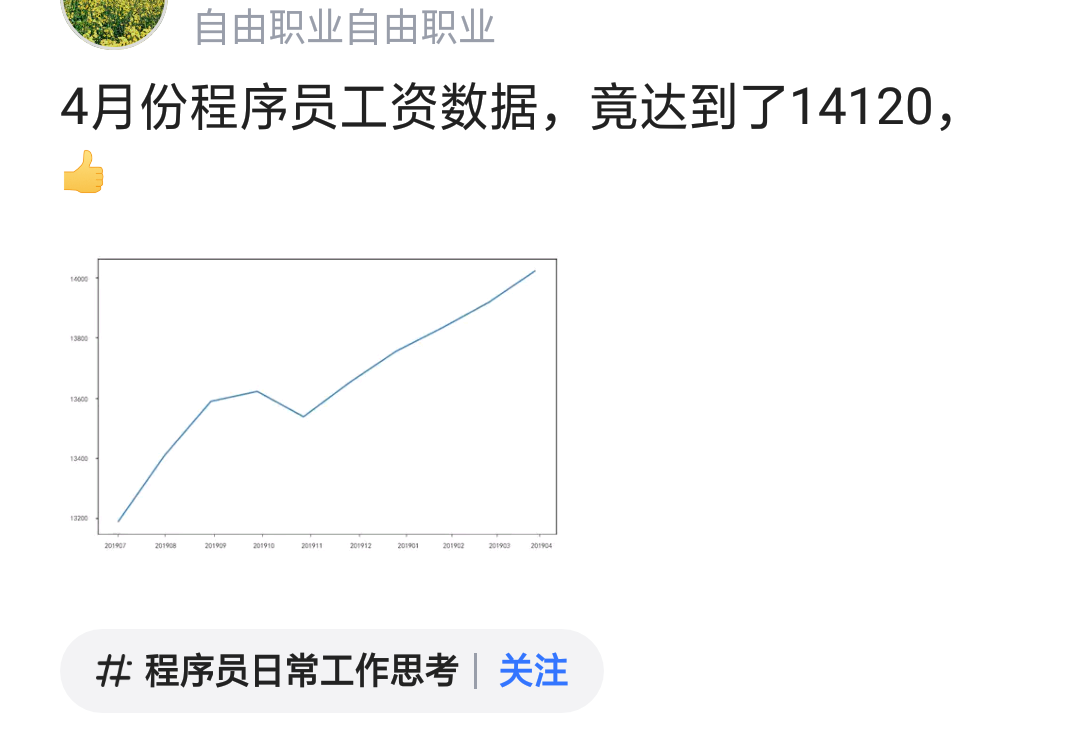可以将文章内容翻译成中文,广告屏蔽插件可能会导致该功能失效(如失效,请关闭广告屏蔽插件后再试):
问题:
When using Python's textwrap library, how can I turn this:
short line,
long line xxxxxxxxxxxxxxxxxxxxxxxxxxxxxxxxxxxxxxxxxxxxxxxxxxxxxxxxxxxxxxxxxxxxxxxxxxxxx
into this:
short line,
long line xxxxxxxxxxxxxxxxxxxxxxxxxxxxxxxxxxxxxxxxxxxxxxxxxxxxxxxxxx
xxxxxxxxxxxxxxxxxxx
I tried:
w = textwrap.TextWrapper(width=90,break_long_words=False)
body = '\n'.join(w.wrap(body))
But I get:
short line, long line xxxxxxxxxxxxxxxxxxxxxxxxxxxxxxxxxxxxxxxxxxxxxxx
xxxxxxxxxxxxxxxxxxxxxxxxxxxxxx
(spacing not exact in my examples)
回答1:
try
w = textwrap.TextWrapper(width=90,break_long_words=False,replace_whitespace=False)
that seemed to fix the problem for me
I worked that out from what I read here (I've never used textwrap before)
回答2:
body = '\n'.join(['\n'.join(textwrap.wrap(line, 90,
break_long_words=False, replace_whitespace=False))
for line in body.splitlines() if line.strip() != ''])
回答3:
How about wrap only lines longer then 90 characters?
new_body = ""
lines = body.split("\n")
for line in lines:
if len(line) > 90:
w = textwrap.TextWrapper(width=90, break_long_words=False)
line = '\n'.join(w.wrap(line))
new_body += line + "\n"
回答4:
It looks like it doesn't support that. This code will extend it to do what I need though:
http://code.activestate.com/recipes/358228/
回答5:
lines = text.split("\n")
lists = (textwrap.TextWrapper(width=90,break_long_words=False).wrap(line) for line in lines)
body = "\n".join("\n".join(list) for list in lists)
回答6:
I had to a similar problem formatting dynamically generated docstrings. I wanted to preserve the newlines put in place by hand and split any lines over a certain length. Reworking the answer by @far a bit, this solution worked for me. I only include it here for posterity:
import textwrap
wrapArgs = {'width': 90, 'break_long_words': True, 'replace_whitespace': False}
fold = lambda line, wrapArgs: textwrap.fill(line, **wrapArgs)
body = '\n'.join([fold(line, wrapArgs) for line in body.splitlines()])
回答7:
TextWrapper is not designed to handle text that already has newlines in it.
There are a two things you may want to do when your document already has newlines:
1) Keep old newlines, and only wrap lines that are longer than the limit.
You can subclass TextWrapper as follows:
class DocumentWrapper(textwrap.TextWrapper):
def wrap(self, text):
split_text = text.split('\n')
lines = [line for para in split_text for line in textwrap.TextWrapper.wrap(self, para)]
return lines
Then use it the same way as textwrap:
d = DocumentWrapper(width=90)
wrapped_str = d.fill(original_str)
Gives you:
short line,
long line xxxxxxxxxxxxxxxxxxxxxxxxxxxxxxxxxxxxxxxxxxxxxxxxxx
xxxxxxxxxxxxxxxxxxxxxxxxxxx
2) Remove the old newlines and wrap everything.
original_str.replace('\n', '')
wrapped_str = textwrap.fill(original_str, width=90)
Gives you
short line, long line xxxxxxxxxxxxxxxxxxxxxxxxxxxxxxxxxxxxx
xxxxxxxxxxxxxxxxxxxxxxxxxxxxxxxxxxxxxxxx
(TextWrapper doesn't do either of these - it just ignores the existing newlines, which leads to a weirdly formatted result)
回答8:
Here is a little module that can wrap text, break lines, handle extra indents (eg.a bulleted list), and replace characters/words with markdown!
class TextWrap_Test:
def __init__(self):
self.Replace={'Sphagnum':'$Sphagnum$','Equisetum':'$Equisetum$','Carex':'$Carex$',
'Salix':'$Salix$','Eriophorum':'$Eriophorum$'}
def Wrap(self,Text_to_fromat,Width):
Text = []
for line in Text_to_fromat.splitlines():
if line[0]=='-':
wrapped_line = textwrap.fill(line,Width,subsequent_indent=' ')
if line[0]=='*':
wrapped_line = textwrap.fill(line,Width,initial_indent=' ',subsequent_indent=' ')
Text.append(wrapped_line)
Text = '\n\n'.join(text for text in Text)
for rep in self.Replace:
Text = Text.replace(rep,self.Replace[rep])
return(Text)
Par1 = "- Fish Island is a low center polygonal peatland on the transition"+\
" between the Mackenzie River Delta and the Tuktoyaktuk Coastal Plain.\n* It"+\
" is underlain by continuous permafrost, peat deposits exceede the annual"+\
" thaw depth.\n* Sphagnum dominates the polygon centers with a caonpy of Equisetum and sparse"+\
" Carex. Dwarf Salix grows allong the polygon rims. Eriophorum and carex fill collapsed ice wedges."
TW=TextWrap_Test()
print(TW.Wrap(Par1,Text_W))
Will output:
Characters between the $$ would be in italics if you were working in matplotlib for instance, but the $$ won't count towards the line spacing since they are added after!
So if you did:
fig,ax = plt.subplots(1,1,figsize = (10,7))
ax.text(.05,.9,TW.Wrap(Par1,Text_W),fontsize = 18,verticalalignment='top')
ax.get_xaxis().set_visible(False)
ax.get_yaxis().set_visible(False)
You'd get:






